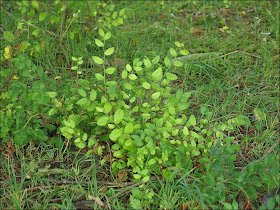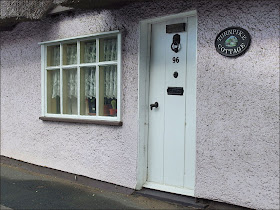Love-Lies-Bleeding - Amaranthus Caudatus
What's in a name? Amaranth or Amaranthus or Tassel Flower or Tampala or Flaming Fountain or Joseph's Coat or Fountain Flower or Molten Flower or Prince's Feather or Summer Poinsettia or Love-Lies-Bleeding? To be fair these names are sometimes reserved for close relatives of a complex group of flowers. Things could be worse: another closely related plant goes by the charming name of Pigweed.
This, I think, is the form known as Prince's Feather. Its Latin name is curious indeed.....
Hypochondriacus ?......what did it do to get a name like that?
Most of the Amaranth family come from Central and South America. The Incas made great use of the plant eating the leaves and the flowers, extracting a dye from the flowers, as well as using it during religious ceremonies.
In the Victorian "Language of Flowers" it's supposed to represent hopeless love.
Caucasian Elm - Zelkova carpinifolia
The zelkovas are a small, distinct genus within the Elm family of trees. These trees were far more widespread about 6,000 years ago but now exist in just a few isolated areas in Georgia, Azerbaijan and Iran. What makes things worse is the fact that the timber from these trees is very valuable being light, strong, flexible, rot resistant and attractive. Add in more frequent droughts and pressure on its home range from industrialisation and tourism and you have a tree under threat.
There are attempts to save the tree by setting up national parks, and presumably growing trees in parks and botanic gardens will also have a part to play. As you can see from just looking at the bottom portion of the trunk it's a very distinctive tree. It gets even more interesting as we progress upwards....
It soon develops into multiple branches which, rather than spread outwards, continue to zoom upwards towards the sky.
The second part of its name, carpinifolia, means "having leaves like a hornbeam", which indeed it has. I rather wish I'd taken a close-up of the light shining through the leaf as it reveals the structural details. (Zoom in if you want to see).
Just like the English Elms, which I remember from before they succumbed to Dutch Elm Disease, they appear to throw up "suckers" from their roots which, once the roots have spread out beyond the parent tree, will grow into clones,
And nearby is another Caucasian Elm which may well have developed in this way.
Take care.





























































